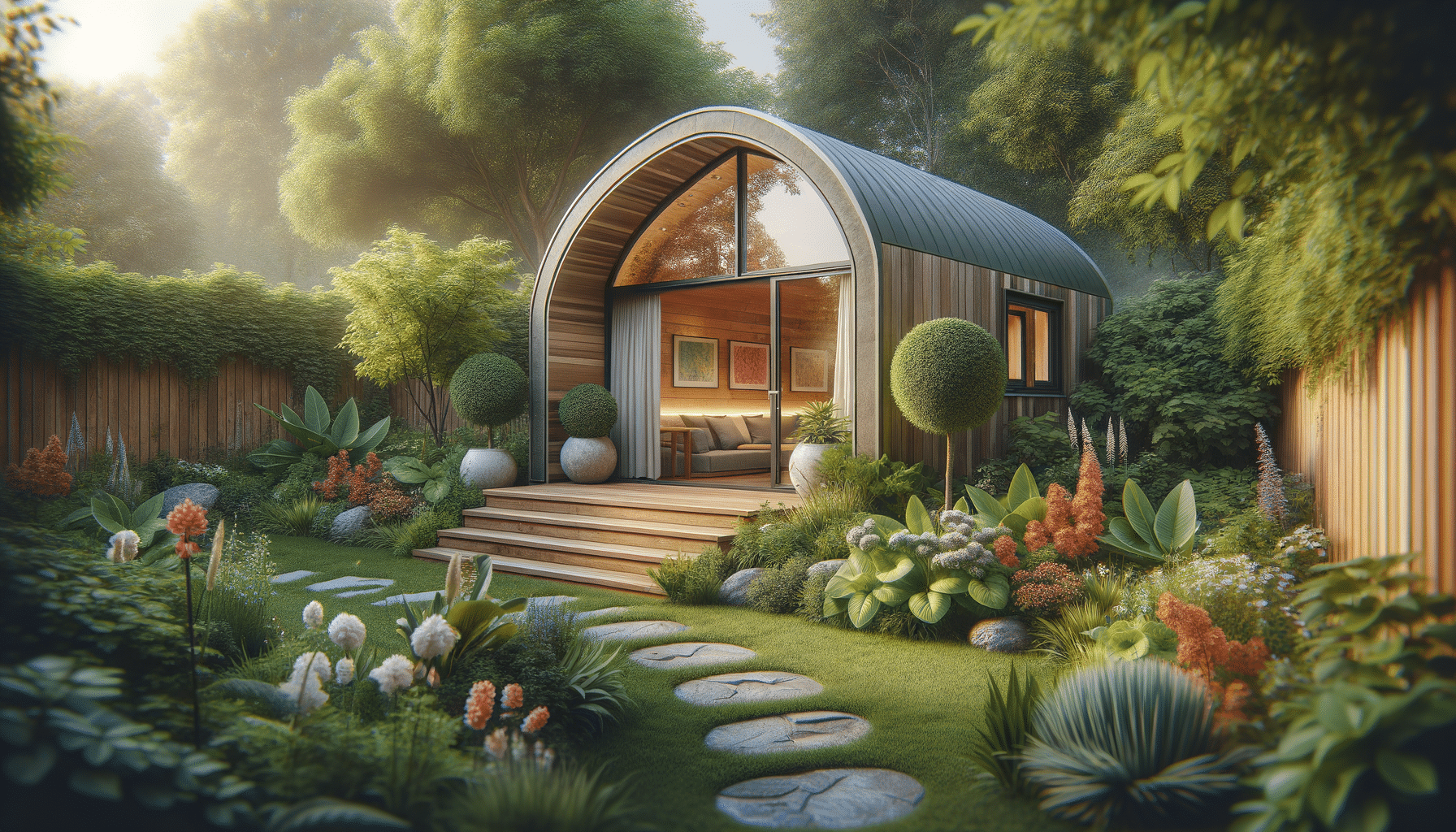
Exploring Granny Pods: A Modern Solution for Elderly Care
Introduction to Granny Pods
In the quest for innovative solutions to elder care, the concept of granny pods has emerged as a practical and appealing option for families. These compact, self-contained living units provide seniors with a sense of independence while keeping them close to their loved ones. Understanding the benefits and considerations of granny pods is crucial for families looking to balance care and independence for their elderly relatives.
Granny pods, also known as accessory dwelling units (ADUs), are small, modular homes designed to be placed in the backyard of a primary residence. They are equipped with essential amenities, including a bedroom, bathroom, and kitchenette, to support independent living. This setup allows elderly family members to maintain their privacy and dignity while having immediate access to family support when needed.
The rising popularity of granny pods is attributed to several factors, including the growing aging population, increasing healthcare costs, and the desire for multigenerational living arrangements. As families seek to keep their loved ones close without compromising their independence, granny pods offer a viable solution that satisfies both needs.
Design and Features of Granny Pods
Granny pods are thoughtfully designed to cater to the unique needs of seniors, incorporating features that enhance safety, accessibility, and comfort. Typically ranging from 300 to 500 square feet, these units are compact yet efficient, making optimal use of space.
Key features of granny pods include:
- Universal Design: With wide doorways, zero-step entries, and accessible bathrooms, granny pods are designed to accommodate mobility challenges commonly faced by seniors.
- Safety Features: Equipped with safety rails, non-slip flooring, and emergency response systems, these units prioritize the well-being of their occupants.
- Smart Technology: Many granny pods come with integrated smart home technology, allowing for remote monitoring and control of lighting, temperature, and security systems.
- Energy Efficiency: Designed with energy-efficient materials and appliances, granny pods are sustainable and cost-effective in terms of utility expenses.
The customization options available for granny pods allow families to tailor the units to the specific preferences and needs of their elderly relatives, ensuring a comfortable and personalized living experience.
Benefits of Granny Pods for Families
Granny pods offer numerous advantages for both seniors and their families, making them an attractive alternative to traditional nursing homes or assisted living facilities. One of the primary benefits is the opportunity for seniors to maintain their independence while remaining in close proximity to family members. This arrangement fosters a sense of security and emotional well-being, as seniors can enjoy the comfort of their own space while having the reassurance of nearby support.
For families, granny pods provide a cost-effective solution to elder care, often being more affordable than long-term care facilities. Additionally, the convenience of having elderly relatives nearby reduces the need for frequent travel and allows for more quality time together. This proximity also enables family members to be more actively involved in the daily care and monitoring of their loved ones.
Granny pods can also have financial benefits, potentially increasing property value and offering rental opportunities if the unit is no longer needed for elderly care. This flexibility and potential return on investment make granny pods a pragmatic choice for many households.
Considerations and Challenges
While granny pods present numerous benefits, there are also considerations and challenges that families must address before proceeding with this option. One of the primary considerations is zoning regulations, as not all areas permit the installation of accessory dwelling units. Families must research local laws and obtain the necessary permits and approvals before construction.
Another challenge is the initial cost of purchasing and installing a granny pod. Although they can be more affordable in the long run compared to traditional care facilities, the upfront investment can be substantial. Families should carefully evaluate their budget and explore financing options if needed.
Additionally, the emotional dynamics of multigenerational living must be considered. While the proximity can be beneficial, it may also require adjustments in family relationships and boundaries. Open communication and mutual respect are essential to ensure a harmonious living arrangement.
Conclusion: The Future of Granny Pods
Granny pods represent a forward-thinking approach to elder care, offering a blend of independence and support that many families find appealing. As the demand for alternative living arrangements grows, it is likely that granny pods will continue to evolve, with advancements in technology and design further enhancing their appeal.
For families considering this option, careful planning and consideration of the specific needs of their elderly relatives are crucial. By doing so, they can create a living environment that promotes dignity, comfort, and connection, ensuring that their loved ones enjoy their golden years to the fullest.


